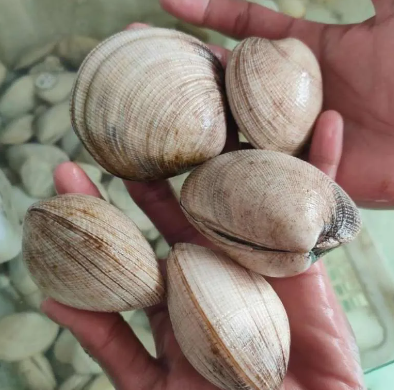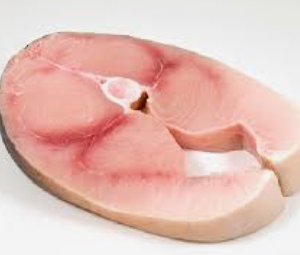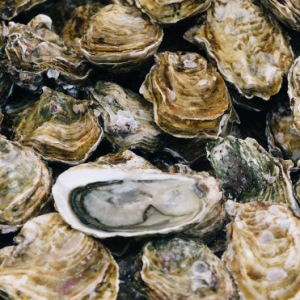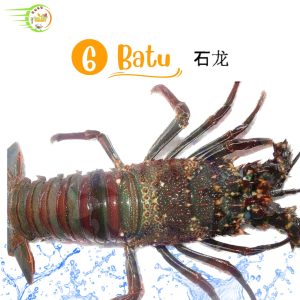Honey Clams / Tridacna For Sale
Product : Tridacna / Honey Clams Available For Sale
Honey clams, also known by the scientific name Tridacna, are a large type of mussel found on coral reefs in various tropical and subtropical waters around the world. Here is a general description of honey clams:
- Large Size: Honey clams are one of the largest types of mussels in the world. Some species of honey mussels can reach very large sizes, with shell widths reaching more than a meter (3 feet) or more. This makes it one of the largest sea creatures living on coral reefs.
- Thick Shell: The shell of honey clams is very thick and heavy. These shells are usually brown, green, blue, or red, with different color patterns in each species.
- Shell Cover: Honey shells have two shell parts that can be opened and closed. When opened, they reveal a thin tissue known as the manto, which is usually brightly colored.
- Habitat: Honey mussels are creatures that live on coral reefs. They are attached to the substrate of coral reefs with the help of byssus threads, which are thread-like fibers used to attach to the surface of corals.
- Symbiosis with Zooxanthellae: Honey mussels live in a symbiotic relationship with unicellular algae called zooxanthellae. These algae provide honey mussels with nutrients in the form of their photosynthetic products, while honey mussels provide safe shelter and access to sunlight required by the algae.
- Important in Coral Reef Ecosystems: Honey mussels have an important role in coral reef ecosystems because they provide physical structure for coral reefs, provide shelter for various marine organisms, and help maintain the balance of nutrients in the water surrounding coral reefs.
- Economic Value: Honey mussels have important economic value in the fishing and tourism industries in some regions. However, the protection of honey mussels is very important because they are vulnerable to climate change and human activities that damage coral reefs.
Honey mussels are interesting and important creatures in coral reef ecology. Although their striking size and color are often the main attraction, their ecological role in maintaining the balance of coral reefs is no less important.









Reviews
There are no reviews yet.